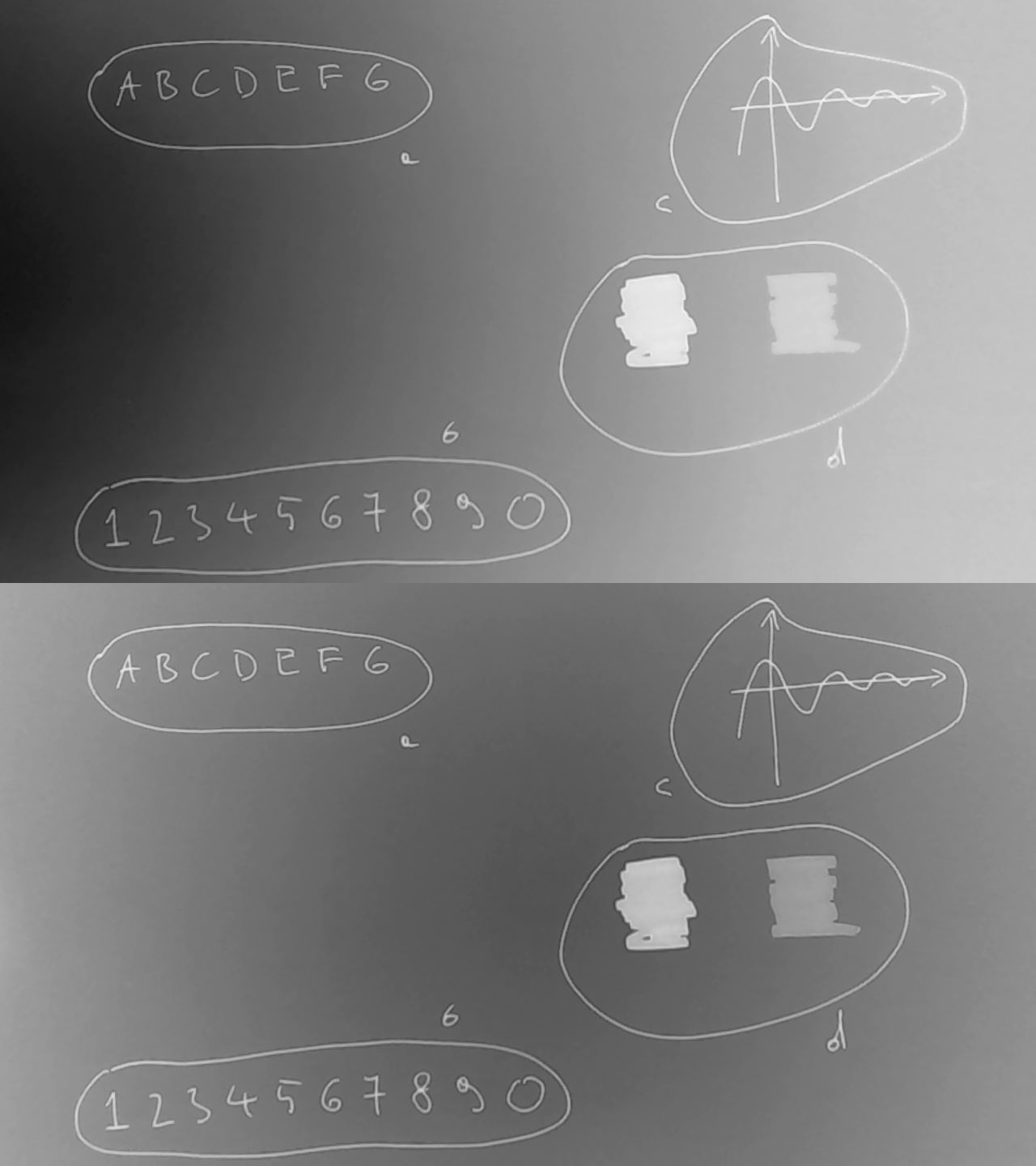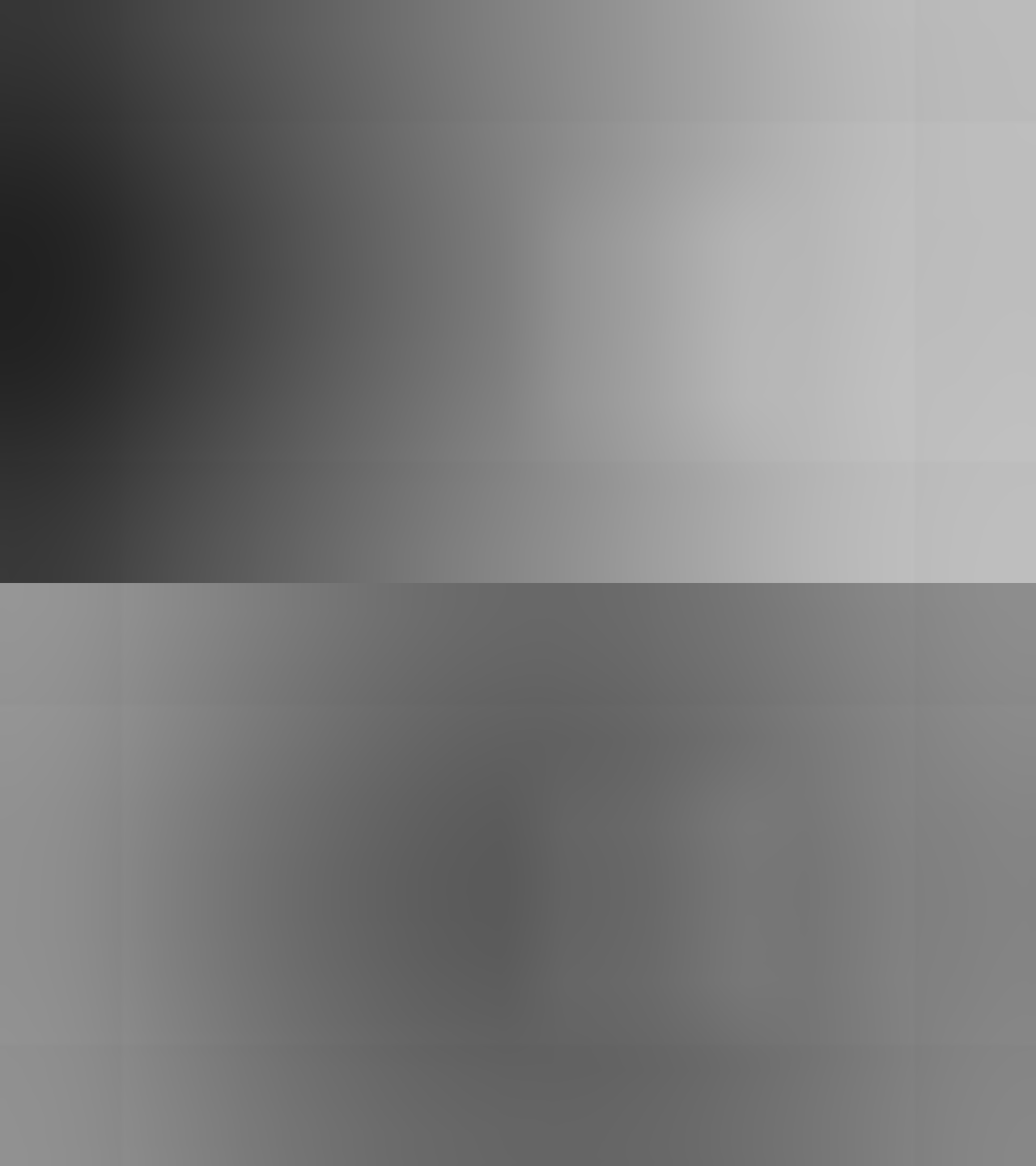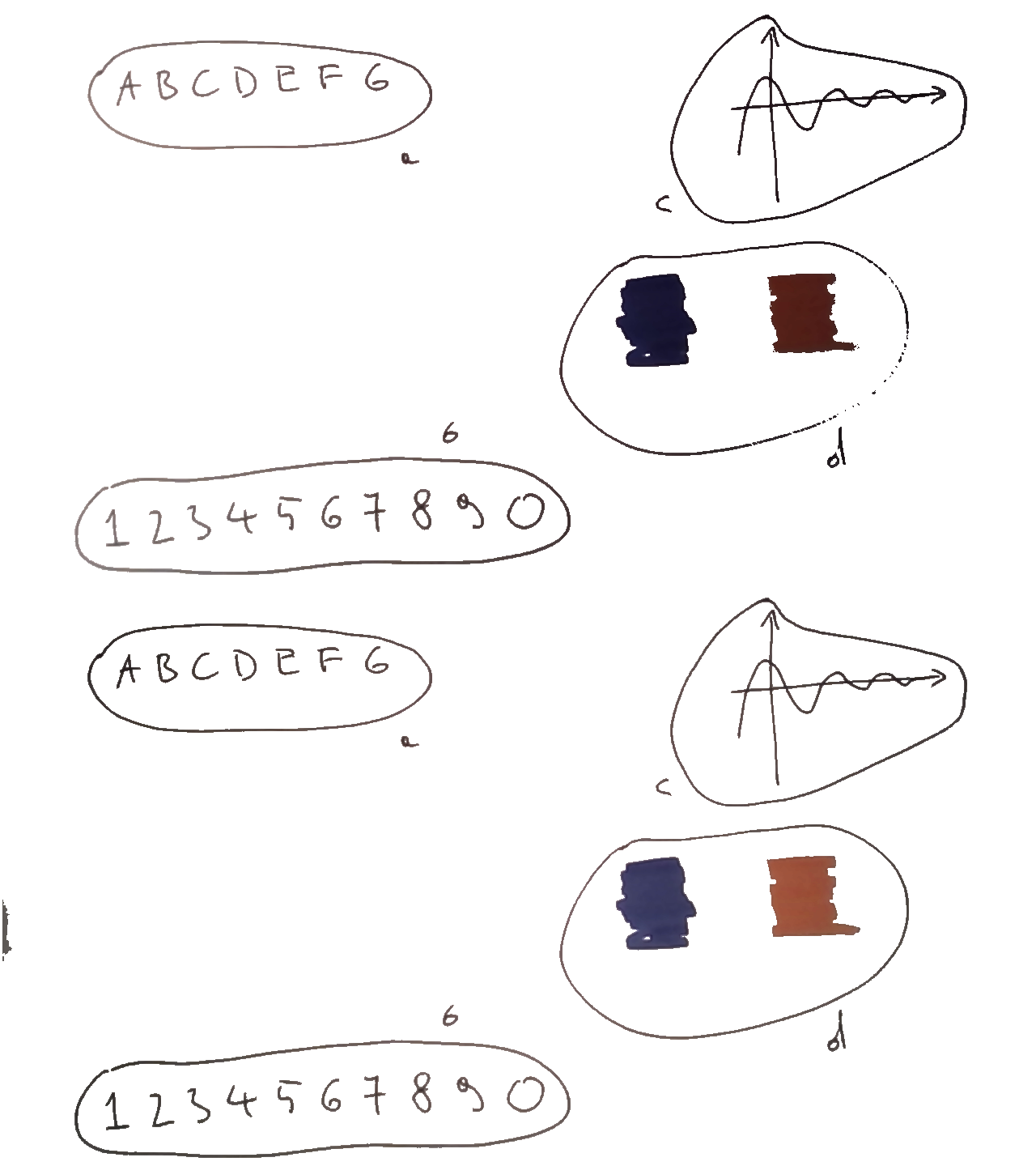
remove text background with cv2 and numpy …
I’m a big fan of the
CamScanner app and
have been using this program on my phone ever since a friend introduced
it to me many years ago. You take a snapshot of a piece of paper and
CamScanner will produce a pdf with crisp, very readable, text
and the background removed. I wanted to add this functionality to my
cam_board script (the name is homage to CamScanner) and
after a lot of experimentation I believe I finally have a simple
solution. Below is a description of the resulting procedure. It is an
abridged version of the algorithm inside cam_board. The
line numbers correspond to the denoise.py file available
here.
First some imports [denoise.py line: 27]
import argparse
import cv2
import numpyThe argparse library will be used to parse the command
line arguments. This might be overkill since there will be only one
argument - the name of the image (without the extension) that will
undergo the denoising procedure. The cv2 library in
conjunction with the numpy library will be used to perform
image manipulations.
Next the single command line argument is parsed and it will be
available in args.input [denoise.py line: 42]
parser = argparse.ArgumentParser(description = "Denoise image.")
parser.add_argument("input" , help = "Input image name (without extension)")
args = parser.parse_args() Note that the image name is expected not to contain the extension,
e.g.instead of warped1.png the command line expects
warped1.
The image is read using the cv2.imread function
[denoise.py line: 67]
warped = cv2.imread(args.input + ".png")The
denoise
repository contains four sample images: warped1...4.png
that were “warped” inside cam_board (web cam frames are
morphed so that four special markers showing up on a printout are
stretched to the four corners of the image). Here we will use
warped1.png and warped4.png. Each image
contains some text (a), some numbers (b), a simple graph (c) and two
patches of color (d).

Notice that the the image on the top has the light shining on it differently then the image on the bottom.
In the next step the image is turned into grayscale
(cv2.COLOR_BGR2GRAY) [denoise.py line: 88]
gray = cv2.cvtColor(warped , cv2.COLOR_BGR2GRAY) Dark areas of the image will be treated as the “signal” and pixels in these areas should have hight color values. This is achieved through color inversion [denoise.py line: 91]
gray = 255 - grayThis intermediate result is written to a file [denoise.py line: 96]
cv2.imwrite(args.input + "_gray.png" , gray)and here is the result:

Now it is time to take care of the background. But first, the
gray image will be turned into a floating point array
[denoise.py line: 124]
gray = gray.astype("float32")This is usefull since we are about to apply many floating operations to this array of pixels.
A square image filtering kernel is created [denoise.py line: 128] :
blur_kernel = numpy.ones((300 , 300) , dtype = numpy.float32)
blur_kernel = blur_kernel / numpy.sum(blur_kernel.flatten())Notice that in the second line it is divided by the number of
elements (albeit not in the most efficient way :-), I’ll have to fix
this in cam_board) and applied to the gray
image [denoise.py line: 133]
blured_gray = cv2.filter2D(gray , -1 , blur_kernel)At this point blur_kernel contains a moving average. The
value of each pixel in this array is an average of \(300 \times 300\) surrounding pixels. This
intermediate result is written to a file [denoise.py line: 137]
cv2.imwrite(args.input + "_blured_1.png" , blured_gray)and here is the result:

My experimets show that it is beneficial to erase a three pixel wide boarder around the image [denoise.py line: 153]
gray[0:3 , :] = 0.0
gray[gray.shape[0] - 3 : gray.shape[0] , :] = 0.0
gray[: , 0:3] = 0.0
gray[: , gray.shape[1] - 3 : gray.shape[1]] = 0.0
blured_gray = cv2.filter2D(gray , -1 , blur_kernel)
cv2.imwrite(args.input + "_blured_2.png" , blured_gray)This helps get rid of any artifacts that might be on the edges of the image but has a sideffect in the form of ghosting on the border of the blured images:

Next, the gray image is shifted relative to the
estimated background blured_gray. This helps with evening
out the different lighting conditions in different parsts of the image
[denoise.py line: 180]
gray_2 = (gray - blured_gray)
gray_2 = 255.0 * (gray_2 - numpy.amin(gray_2)) / (numpy.amax(gray_2) - numpy.amin(gray_2))
cv2.imwrite(args.input + "_gray_2.png" , gray_2)and the result is

Additionally, the standard deviation of gray-blured_gray
image is calculated: [denoise.py line: 186]
stdv = numpy.sqrt(numpy.mean(((gray - blured_gray) * (gray - blured_gray)).flatten()))and this value will be used as a metric to classify an image pixel as the “signal” or as the “noise”.
Pixels that are classified as “signal” will retain their shade of color but will have modified brightness depending on the “signal” strength. There is an infinite number of ways to do this but my experiments convinced me that it is best to first transform the image to the HLS color space [denoise.py line: 201]
hls = cv2.cvtColor(warped , cv2.COLOR_BGR2HLS)Next in order to adjust brightness and leave the original shade of color only the L channel is changed [denoise.py line: 205]
h_res = hls[: , : , 0]
l_res = numpy.full(gray.shape , 255.0 , dtype = numpy.float32)
l_res = numpy.where((gray - blured_gray) > stdv , hls[: , : , 1] , l_res)
s_res = hls[: , : , 2]Finally, the resulting image is reconstructed
(cv2.merge) and converted to blue-green-red
(cv2.COLOR_HLS2BGR) colorspace [denoise.py line: 226]
warped = cv2.cvtColor(cv2.merge((h_res.astype("uint8") , l_res.astype("uint8") , s_res.astype("uint8"))) , cv2.COLOR_HLS2BGR)The result is written to a file [denoise.py line: 230]
cv2.imwrite(args.input + "_warped.png" , warped)and here it is

Personally, I think this looks alright. The letters (a), numbers (b), graph (c) are crisp and sharp. The color patches (d) on the look more vibrant then the ones on the top, probably due to better lighting conditions. There are some problems with this approach however. If the bluring kernel size (currently set to 300 by 300) is smaller then larger color patches will appear vibrant on the edges and faded in the middle.